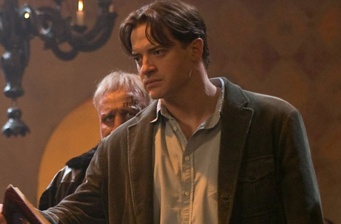‘Millers in Marriage’ Proves Hollywood Needs More Movies About Midlife
02.17.2025 | By Jack Rico |
For those who grew up in the ’90s film scene, Edward Burns was a defining indie voice. His films, The Brothers McMullen and Sidewalks of New York, shaped my teenage understanding that in relationships, love alone isn’t enough, it takes work. Eventually, Burns shifted to acting and directed less, making only two movies in the last 15 years. One of them is his latest, Millers in Marriage, a story of love, fidelity, and reinvention in midlife. Read More










































